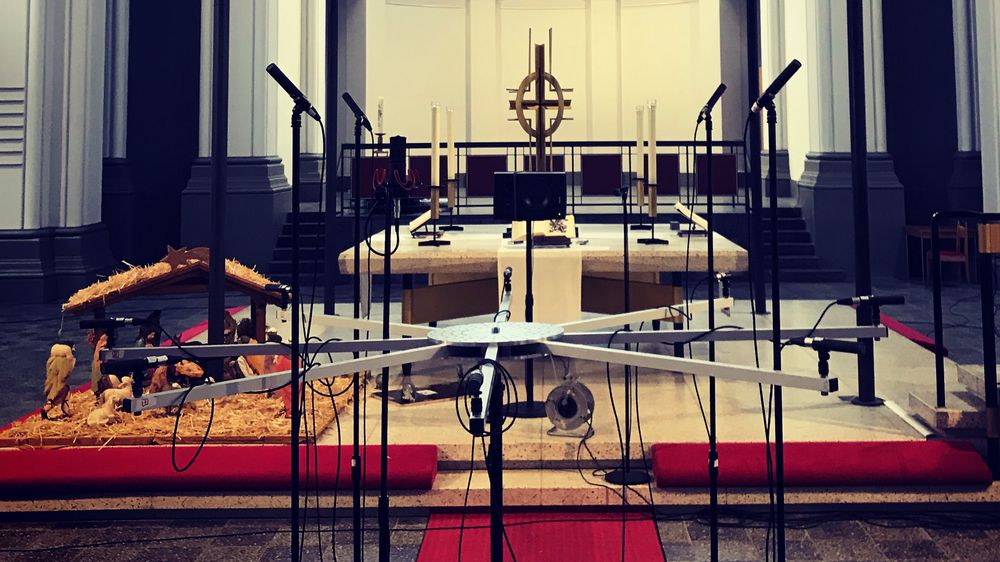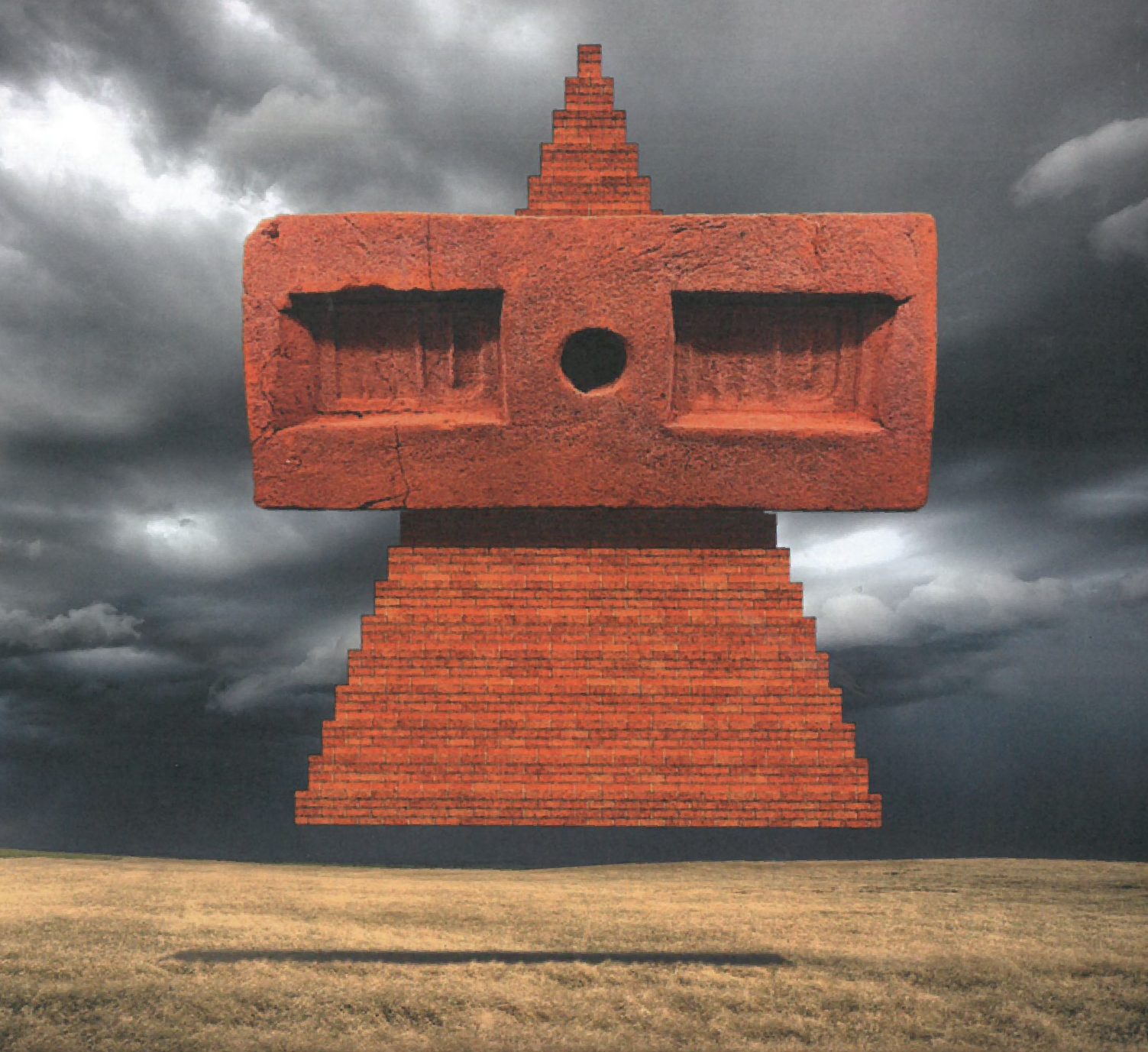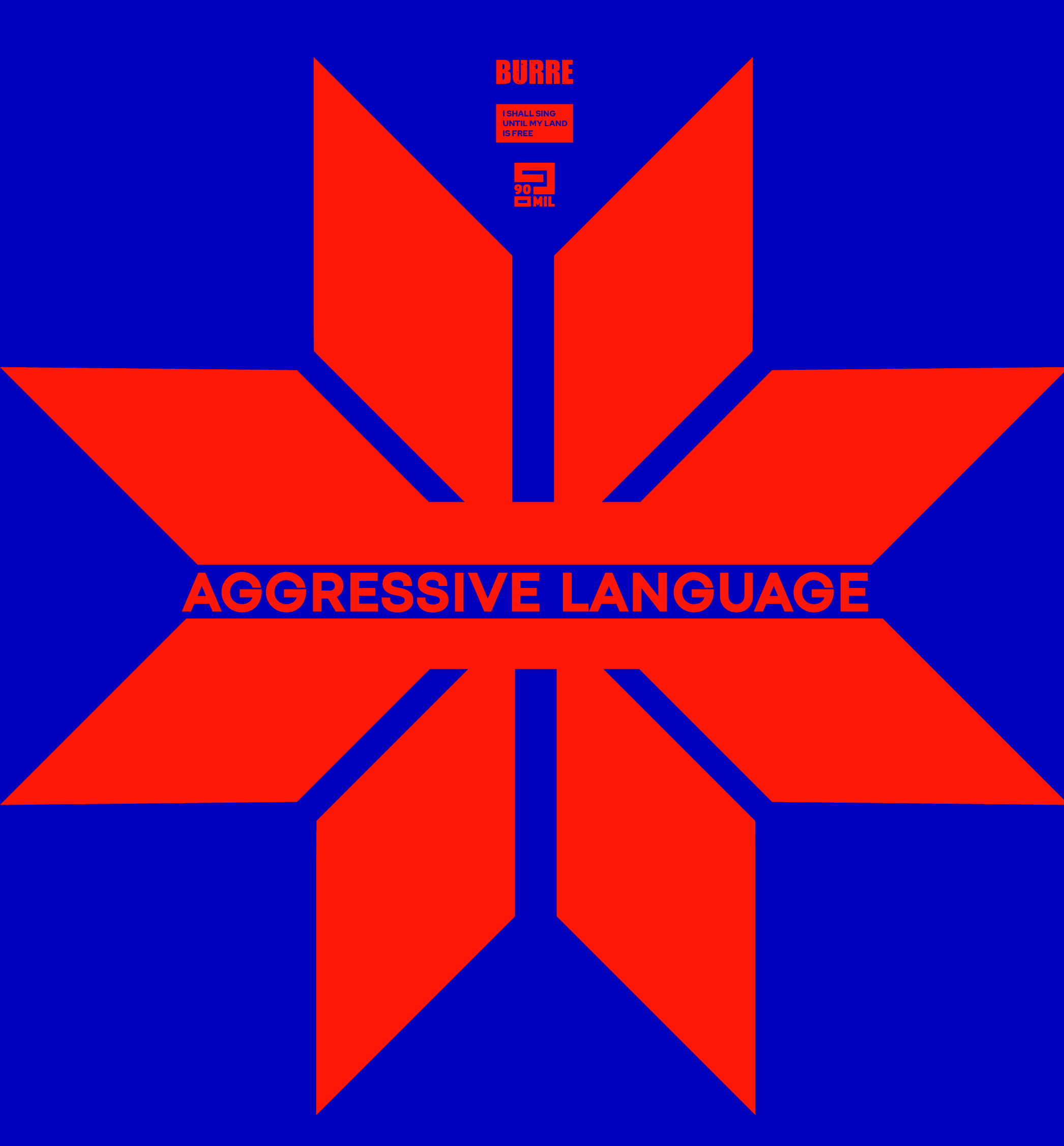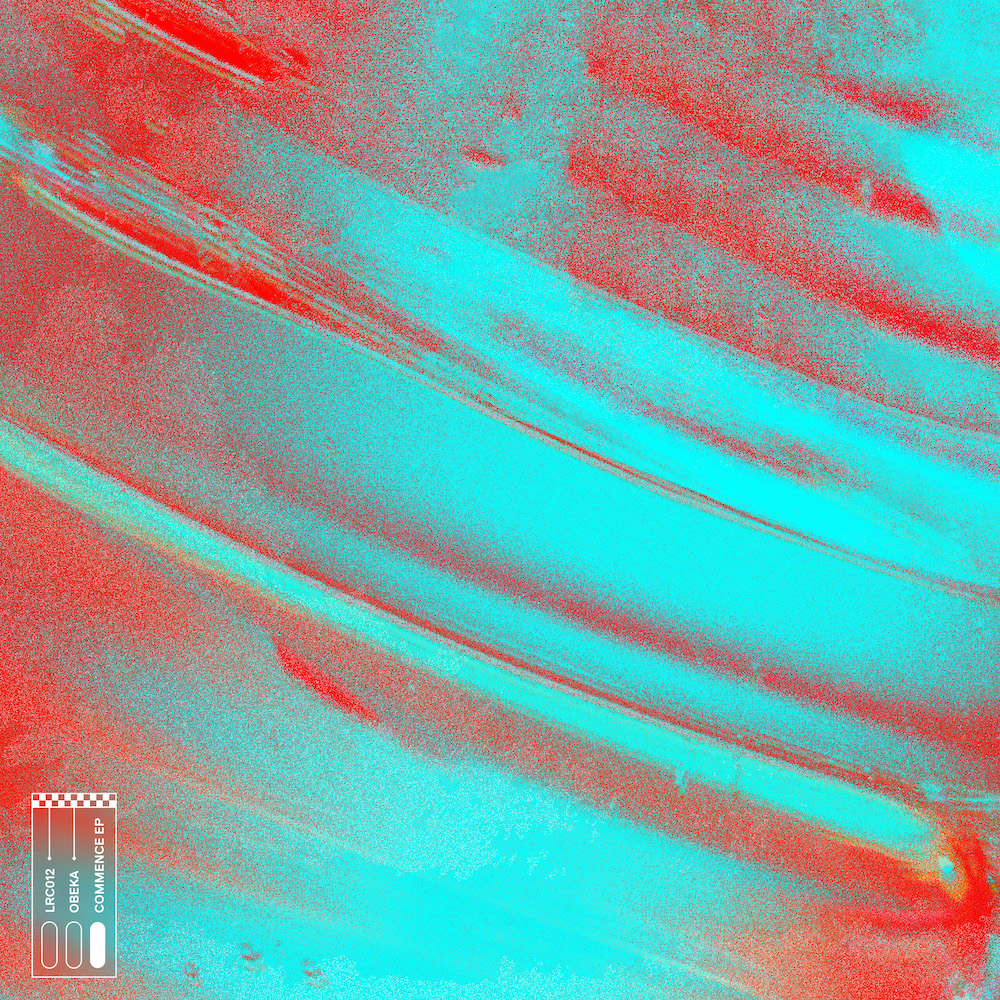Music, Sound Art And Rituals.

I started making electronic music in the year 2000. Back then, idm, ambient and glitch music opened the doors for me to a whole new sonic world I quickly became fascinated by. Now, 18 years later, I am still making electronic music professionally and although I have wandered into different sub-genres of electronic music (from electronica to micro house and minimal techno to leftfield tribal) sometimes I cannot avoid a certain feeling of lack of enthusiasm or excitement with the current state of the scene. Over marketed-artists come and go, audiences consume music as fast-food commodity and nothing has value beyond its relative degree of novelty. So much care is put on image building and how we sell something to the audience, that we have actually forgotten about the quality of the content.
With this admittedly pessimistic panorama many true artists might wonder, how can I find the motivation and inspiration I need to keep creating meaningful music and leave something more behind me than just a social media feed full of gig selfies? For me, the answer was leaving my comfort zone. After many years of releasing records and performing live sets around the globe, I felt like I wanted to add new challenges to my artistic career.
My interest in everything sound and art related brought me to discover the Master program in Sound Studies and Sonic Arts at the Universität der Künste here in Berlin, which I am currently enrolled in. Although my knowledge in the specific area of sound art was until then very basic, I have found here a new field where I can expand my artistic practice and discover new ways of dealing with sound, outside the musical structures we are all familiar with and more importantly, beyond the restrictive templates of electronic dance music.

I like to think about my recent endeavors in sound art as an open door, leading to a wider range of aesthetic experiences in the realm of sound. In a very short period of time, this broader perspective has had a noticeable impact on my music production. For example, the use of contact microphones for the collection of found sounds has been very revealing as a way of discovering sounds usually hidden from our everyday experiences. Incorporating them into a music production adds a unique and personal atmosphere to it, situating the piece in a particular moment and place.
Another valuable subject in my studies is auditory perception and the psychoacoustic effects of sound in our brains. A deeper consideration of these matters has given birth to a renewed musical language in my compositions, not necessarily related to scales and rhythms, but to frequencies, sound immersion and psychological expectations in sound.

I am the kind of composer that tends to self-impose musical structures and rules upon his creative process, but I have been greatly enjoying the liberating approach of thinking about sound beyond music. For example, we can think about a composition as a “soundscape” instead of as a music piece. This means we don’t think about notes, musical structure, bars and rhythms anymore; but about sound-marks (the sonic version of a landmark), keynote-sounds (similar to the key note of a scale, but referring instead to a particular tone character that defines the piece) and sound-signals (foreground sounds that have a certain meaning attached to them and help to the narrative). When you start thinking about these terms (coming from soundscape theory) and apply them to music, new exciting ideas flourish.
Another very common genre in the world of sound art is sonification, which at it’s most basic level consists in transforming a set of non-audible data into a sonic output. Although usually used for scientific purposes, sonification in art can be considered as a way of creating sonic structures based on external data inputs, where the artist role is reduced to simply set the parameters which the translation reacts to and run the process, accepting the outcome. Similar to randomization of parameters (a technique we are all familiar with in electronic music production), sonification produces a sonic output that is not random, but contains an external logic (alien to the sound world) which can have inspiring results when translated into sound.
The variety of approaches and techniques from sonic arts can greatly enrich music composition and I believe this is particularly true for electronic music, where the boundaries of sonic possibilities do not exist anymore and technology has allowed us to build and customize every possible tool we can imagine.
Follow Alejandro Mosso on Facebook HERE.





















